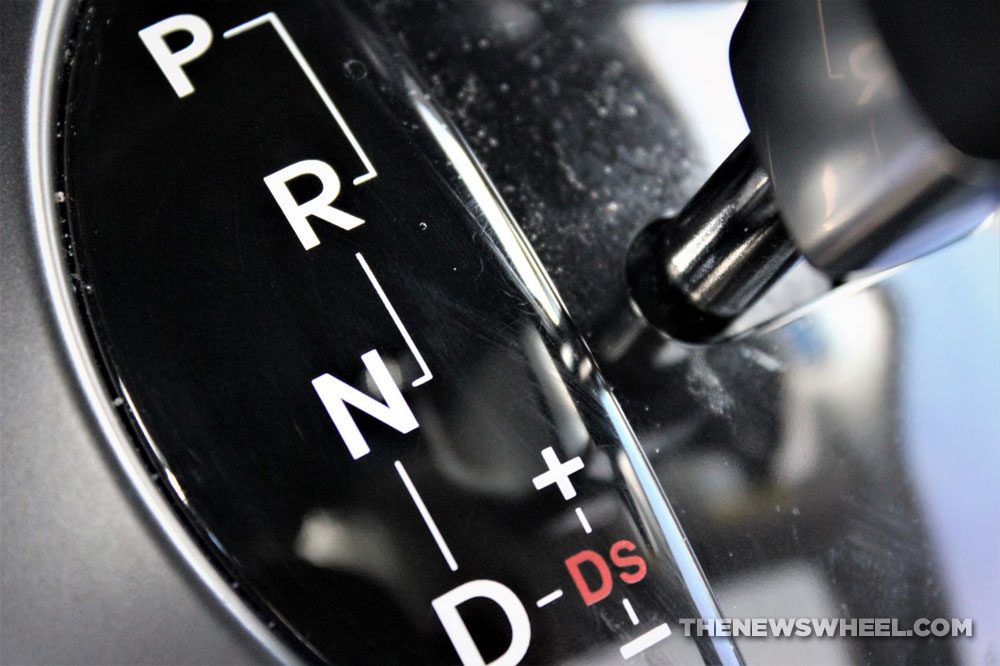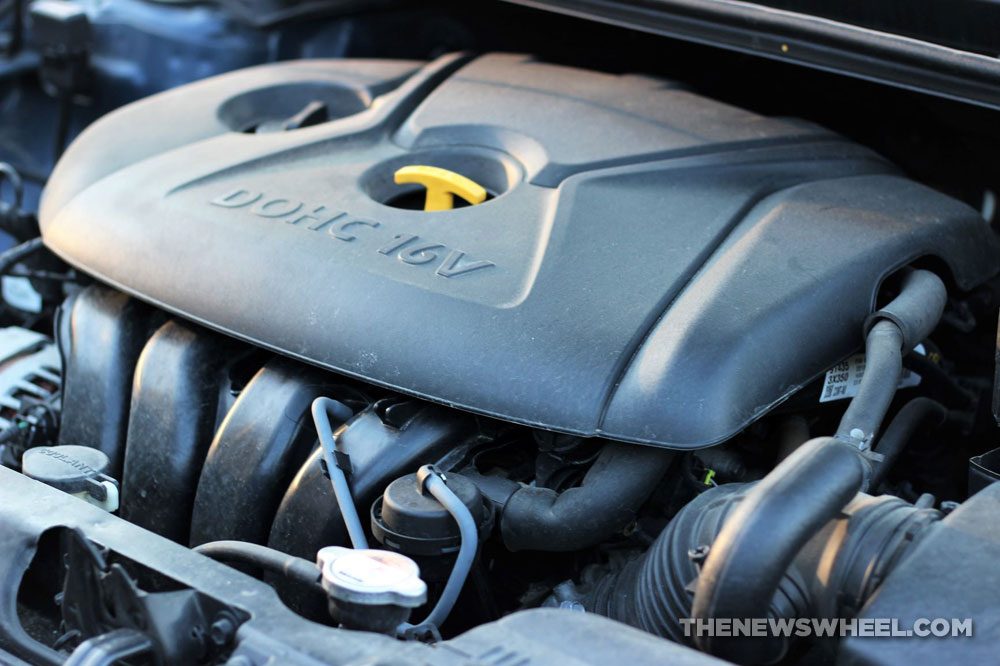 Photo: The News Wheel
Photo: The News Wheel
A car’s transmission has a substantial impact on the way it performs, and knowing how your car’s transmission works will help you drive it properly.
New Engine on the Block: Preview of the powerful new 2021 Supra GT engine that has fans excited
Obviously, a manual transmission relies on the input of the driver via stick or paddles to change gears, but there are multiple types of automated transmissions on today’s vehicles, two popular ones being CVT and DCT.
If you don’t fully understand the difference between CVT and DCT, here’s a simple explanation.
Transmissions are also called gearboxes because they house a number of gears that the system “shifts” among when distributing power. A manual transmission requires the driver to choose when to shift between gears, while an automatic transmission uses a computer to shift when applicable on its own.
A transmission relies on a clutch to engage the appropriate gear. Most transmissions only have one clutch that’s connected to the gearbox, but a dual-clutch transmission has two of them (also called a twin clutch). Instead of one input shaft, twin-clutch modules utilize two input shafts: One controls odd-numbered gears and one controls even-numbered. This results in quicker, smoother shifts between gears than a manual or regular automatic (like an AMT or torque converter) because the next gear is already engaged and waiting prior to shifting.
A continuously variable transmission actually utilizes pulleys instead of gears, forgoing the pre-established limitations of set gear ratios to fluidly adjust power distribution at ever-sliding rates.
Protect Your Engine & Transmission: How neglecting oil changes will impact your car
 Photo: The News Wheel
Photo: The News Wheel
A continuously variable transmission operates more efficiently and smoother since it doesn’t delay or jerk when shifting gears, but it offers slower acceleration and is better at low-speed environments. This makes it better for stop-and-go traffic in metro and suburban areas. CVTs tend to lag when you try to accelerate quickly.
The seamless power redirection of a DCT makes it an excellent option for performance vehicles that accelerate quickly and travel at high speeds. However, it’s not well-suited to stop-and-go traffic, as frequent acceleration and deceleration conflict with its anticipatory nature of preparing for which gear it thinks will engage next (in fact, this is one of the ways you can damage your DCT).
Make sure you choose a transmission that’s better suited for the type driving you’ll do most often.
Aaron is unashamed to be a native Clevelander and the proud driver of a Hyundai Veloster Turbo (which recently replaced his 1995 Saturn SC-2). He gleefully utilizes his background in theater, literature, and communication to dramatically recite his own articles to nearby youth. Mr. Widmar happily resides in Dayton, Ohio with his magnificent wife, Vicki, but is often on the road with her exploring new destinations. Aaron has high aspirations for his writing career but often gets distracted pondering the profound nature of the human condition and forgets what he was writing… See more articles by Aaron.



